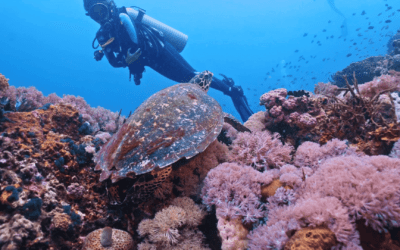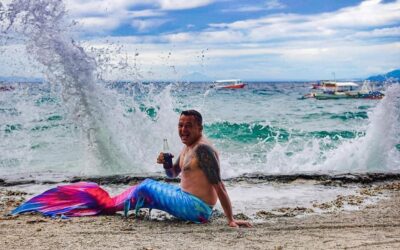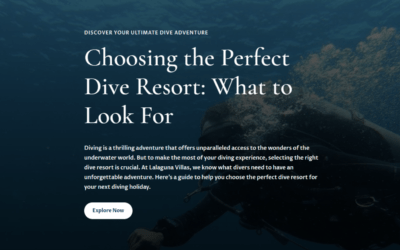Down to the dive site: Sinandigan Wall
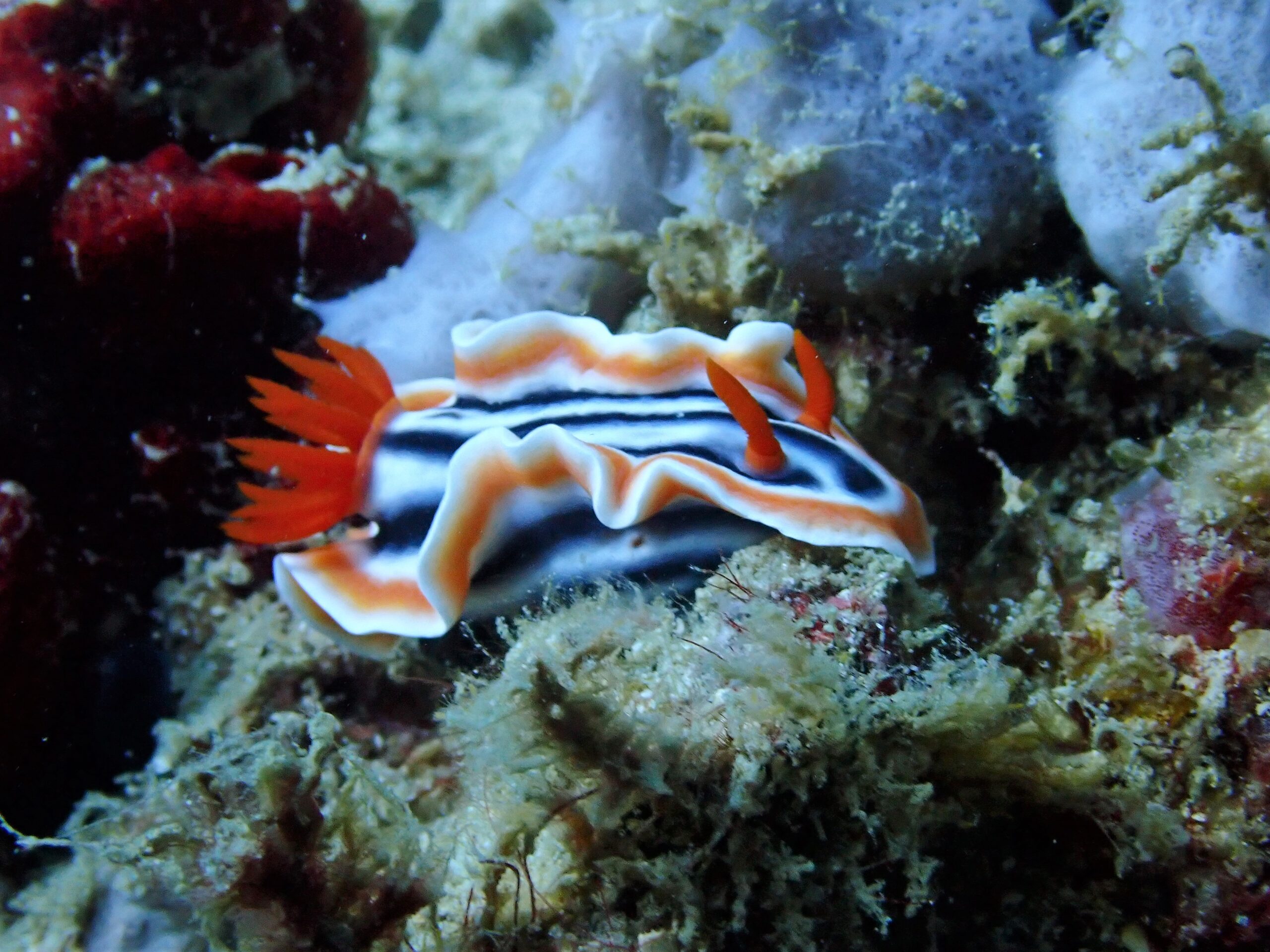
Dive site name: Sinandigan Wall
Dive type: wall dive, reef dive, drift dive
Depth: 5m – 30m
Viz: 10m to 30m
Skill level: beginner and up, depending on tide conditions
Getting there: ten minutes by boat
Jump on our speedboat and head out across Sabang Bay and around the Sinandigan headland to Sinandigan Wall, which lies beyond the Canyons – famous for its dramatic drift dives – and sheltered in the eastward lee of the headland.
Choosing the right tide conditions and time of day for this dive is important as the current can be stronger on this side of the headland depending on whether the tide is flooding or ebbing.

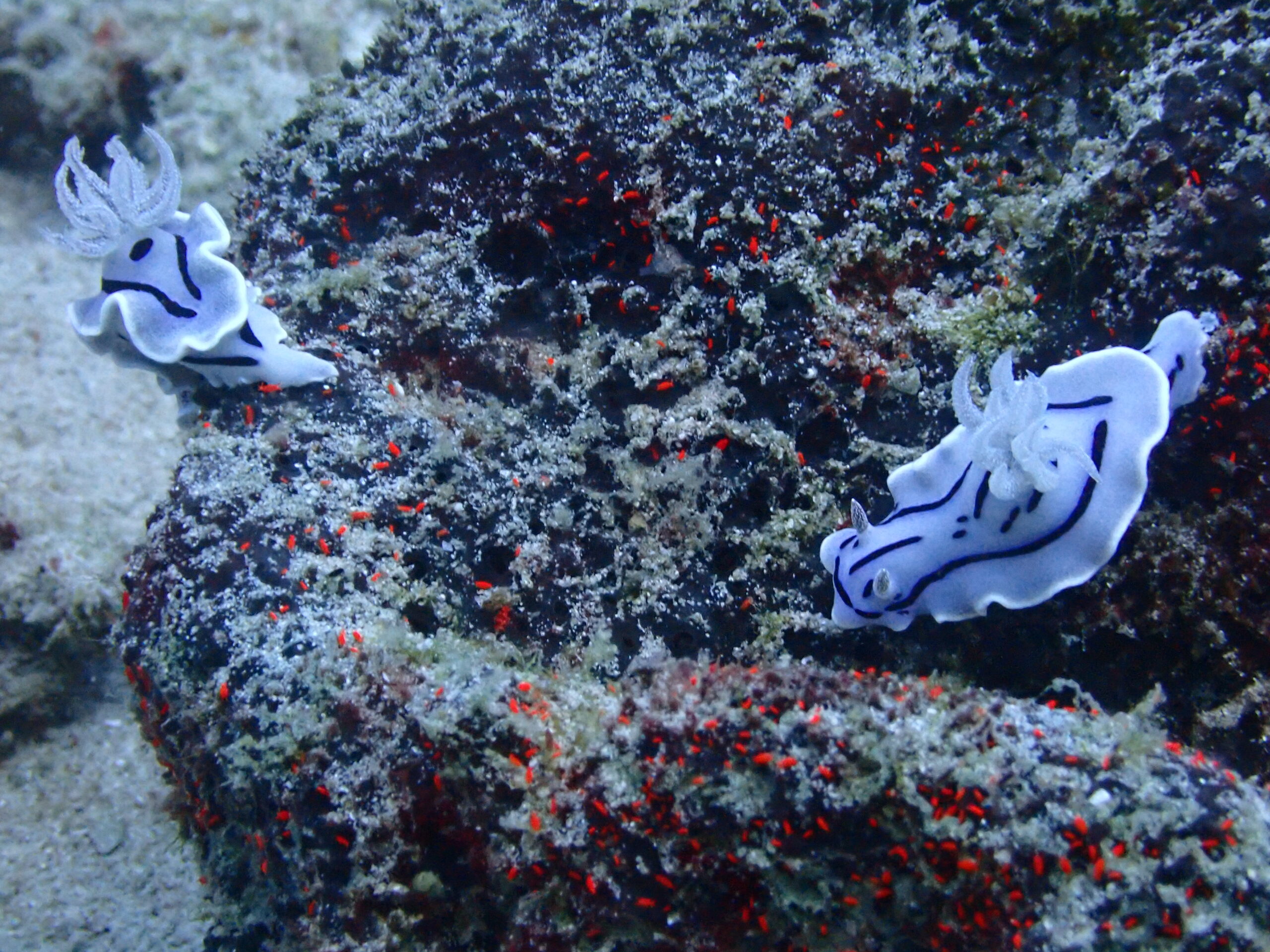
We backroll in off one of the LLV speedboats and descend initially to five metres, before working our way down and around a steep vertical drop known as “nudibranch city” for its variety of the tiny invertebrates.
The wall is covered in sea fans, sponges and gorgonians, and corals including brain corals, staghorns, mushroom and lettuce coral.
Delicate feather stars proliferate here and if you’re lucky you might see one of these ephemeral creatures taking a ‘swim’, undulating its feathers as it moves from place to place.
As you swim past the wall keep your eyes peeled for butterflyfish, angelfish, wrasses, lionfish, parrotfish, clownfish, damselfish and moorish idols.
Look to your right into the open water for a chance to catch a glimpse of jacks, trevally, surgeonfish, triggerfish, and batfish as they pass. Schools of infant barracuda often swim through here too and you might even spot a thresher shark or two.
Continue to explore keeping the wall on your left and you will come to a sandy bottom dotted with small reefs, in amongst which you will spot sea cucumbers and nudibranches – dozens of species call this place home. Down here you may also spot moray eels, mantis shrimp and large anemones on the sea floor.
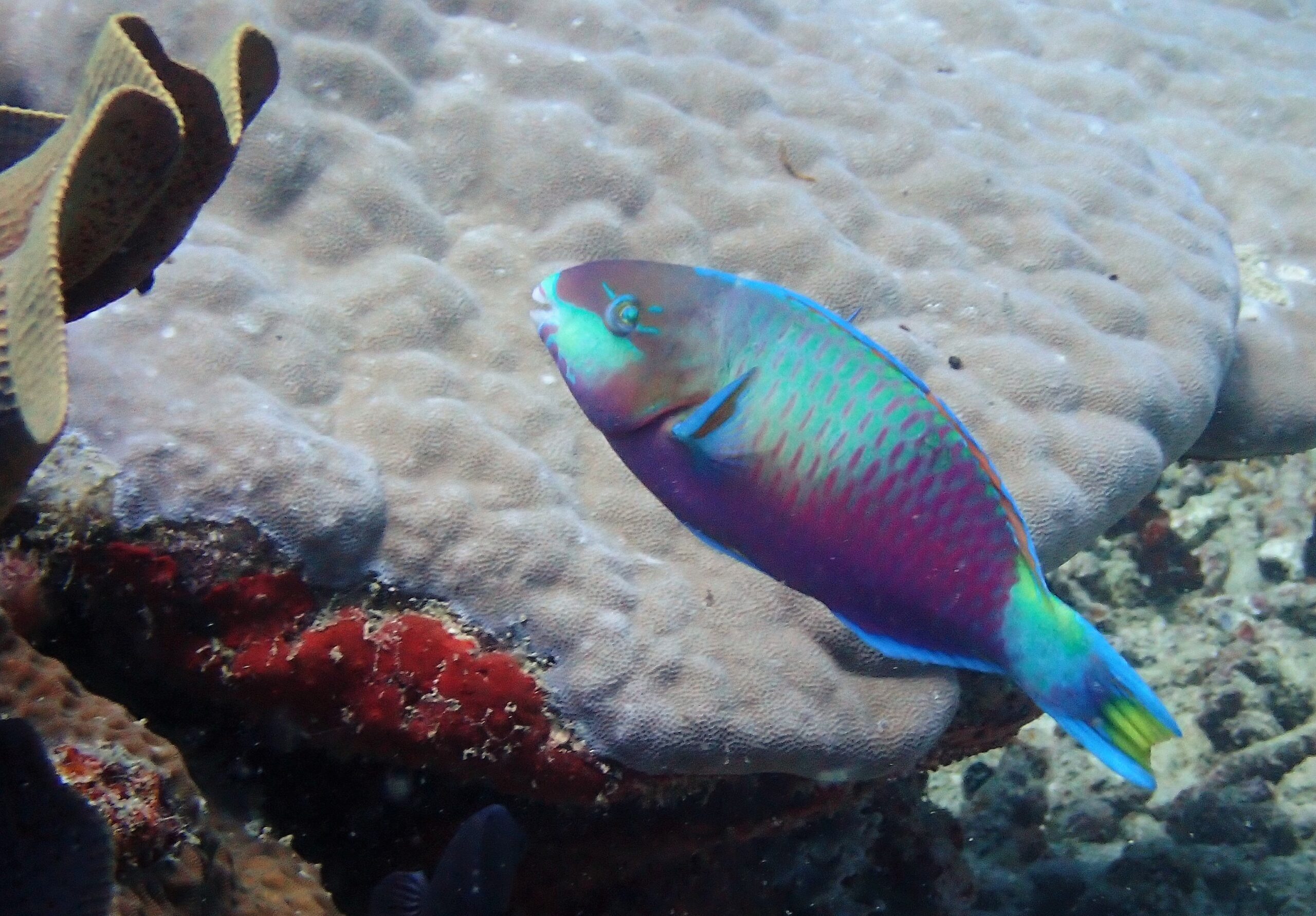
Having descended to as deep as 30m, we explore a shallower coral garden after turning the dive and returning towards the boat. Here you’ll spot clownfish dancing in and out of anemones, and often a hawksbill turtle munching on the underwater foliage or resting among the corals.
This is a good spot for a mixed-ability group due to the abundant sea life which can be explored at different depths.
Here at LLV our commitment to small-group diving and large team of experienced PADI divemasters and instructors means we can make sure that different groups at different depths each have the benefit of one of our professional dive guides to ensure they get the best of the experience. Come and join us!

